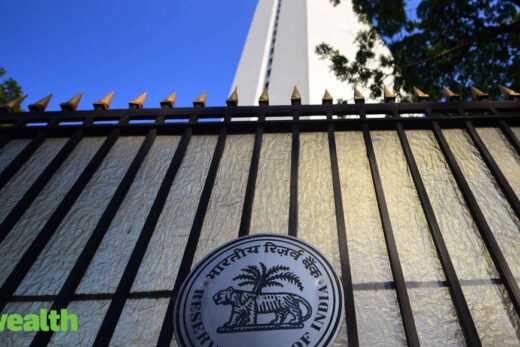“Liquidity, credit and monetary aggregates will need to be closely monitored with an eye on macro-financial stability that can be enervated when short-term borrowing costs fall below the operational policy rate. If this results in persistence of negative real rates for too long, it can adversely affect savings, lend support to mispricing of financial asset prices and encourage excessive leveraging,” said Mridul K Saggar.
The members, while supporting surplus liquidity to drive growth, talked about the need to sterilize the excess flow which has largely been contributed by the rise in inward overseas investment, to counter the threats of macroeconomic and financial risks.
Ashima Goyal was of the view that as long as the MPC stance is accommodative, durable liquidity will be in surplus and short-term rates will not rise above the reverse repo rate. “Regulatory exposure norms can help prevent excess low rates driven short-term borrowing that creates risks,” she said.
Since October, short term rates have fallen by a further 40 basis points. The cutoff yield in the last 91-day T-bill auction before the October meeting was 3.36% while the corresponding yield for the last auction before the December meeting was 2.93%.
“The demand that is stimulated by a reduction in short rates is not accompanied by an offsetting supply boost, and therefore carries greater inflationary risks,” said Jayanth R Varma. He said that a sub 3% short rate – as against a negative real interest rate of −4.5% — encourages speculative inventory accumulation and stokes inflationary buildup in sectors that are showing signs of cartelization and resurgence of pricing power.
Businesses that suffered losses in the first quarter into the lockdown have raised margins to recover lost incomes.
“A reduction in long rates that stimulates investment not only increases demand in the short run, but it also stimulates supply in the medium term as the new capacity becomes operational, and this new supply dampens inflationary pressures,” Varma said.
Reserve Bank of India Governor Shaktikanta Das noted that investment demand has not gained traction even as the transmission of policy rate actions has been quicker.
“Increase in government expenditure during the remaining part of the year will provide further impulses to growth. Given the large multipliers for capital spending, the recent trend of cuts in states’ capital outlays needs to be reversed. As strong capex multipliers for both central and state capital expenditure kick in, crowding in of private investment could take place, all of which is critical during a revival phase,” Das said, adding that a premature roll back of the monetary and liquidity policies would be detrimental to the nascent recovery and growth.
His deputy Michael Patra however warned about the narrowing window for MPC to look through inflation pressures with growth gaining cyclical momentum.
“Elevated inflation has checked in and may be here to stay… Returning cyclical demand, backed by improving business and consumer expectations, may allow a higher pass-through of input prices into selling prices as businesses endeavour to preserve profit margins,” he said
The wedge of 6.1 percentage points between wholesale price index and consumer price index in the October 2020 readings is elevated relative to the historical record – an average of 3 percentage points between 2015 and 2019, and 4.3 percentage points in February 2020 before COVID struck.



